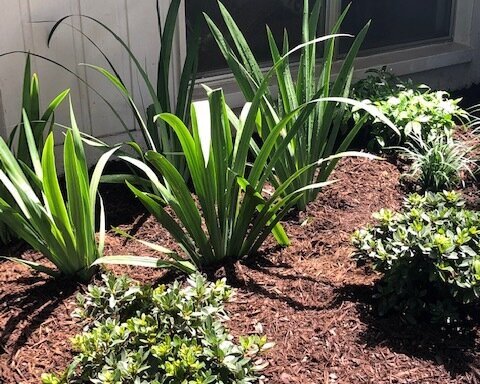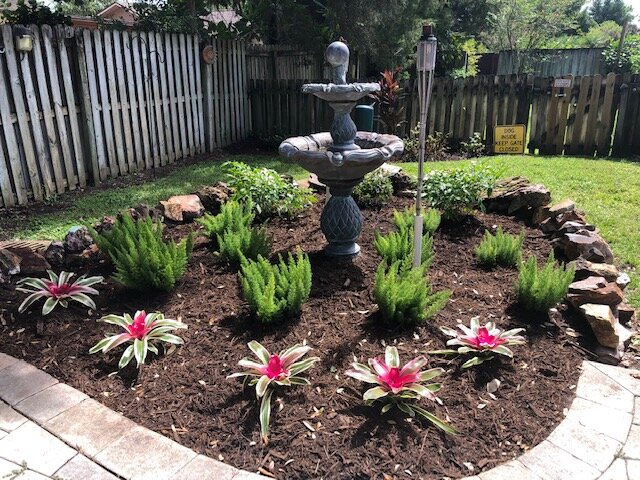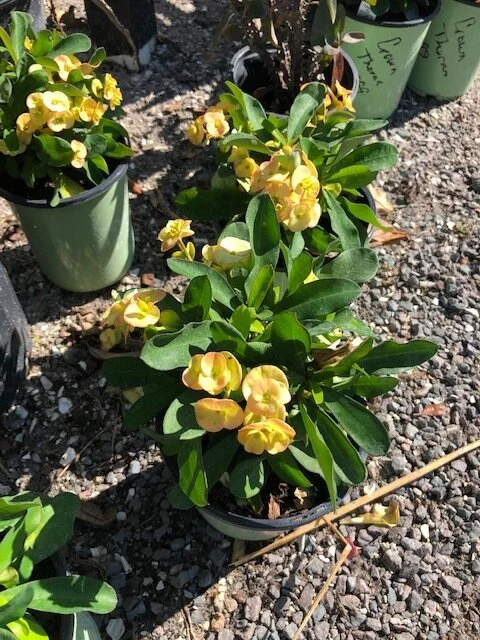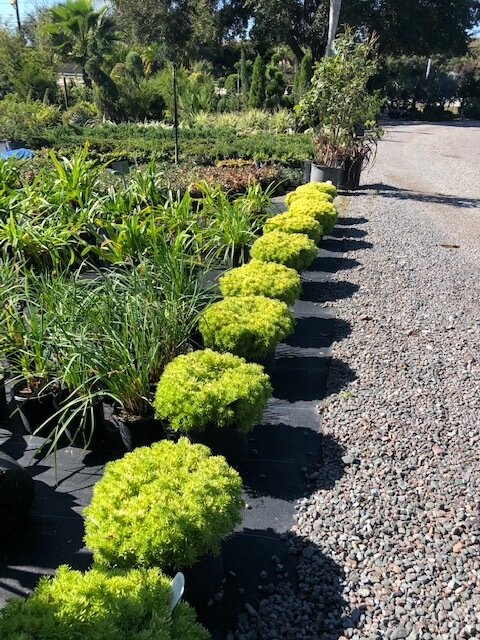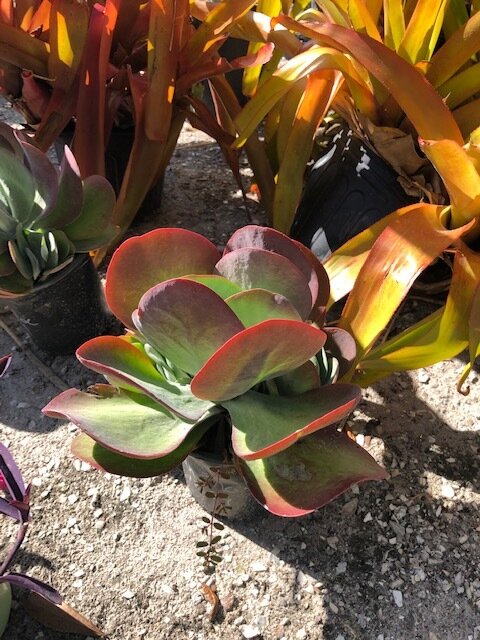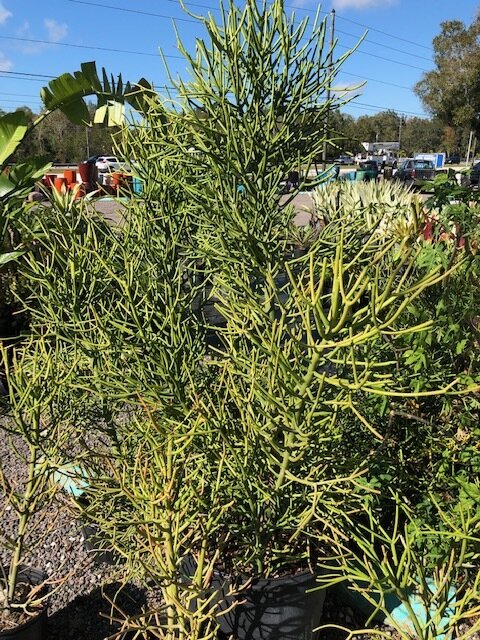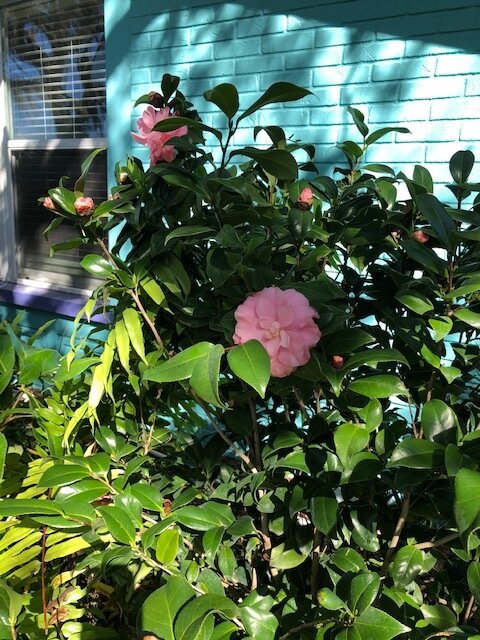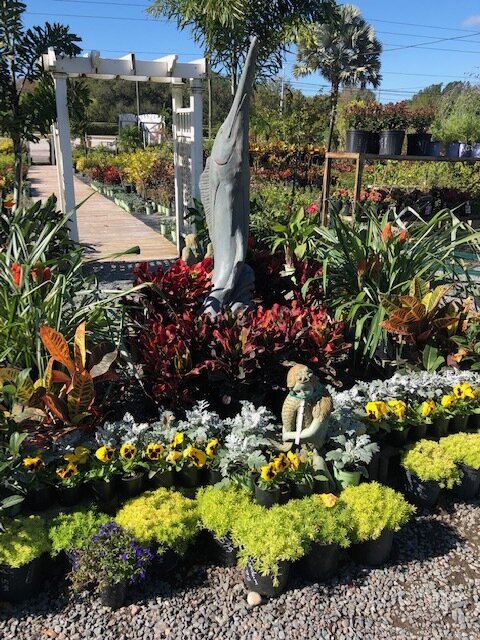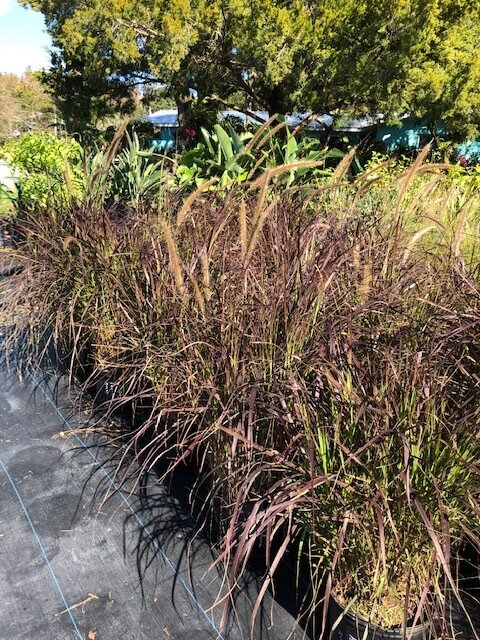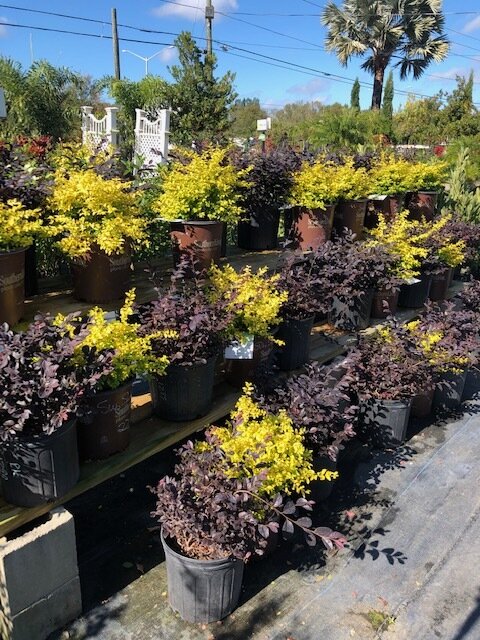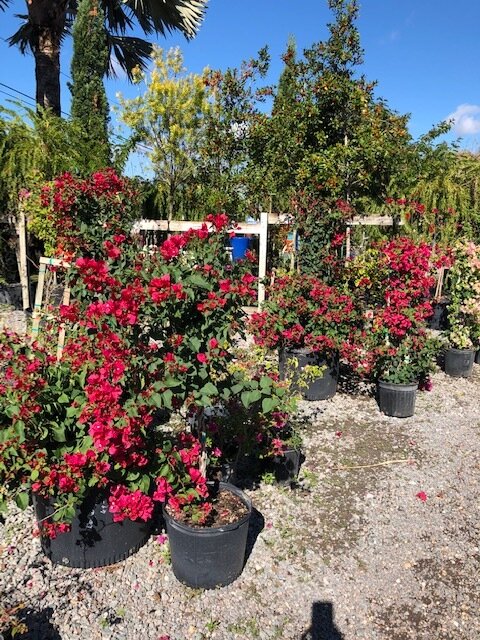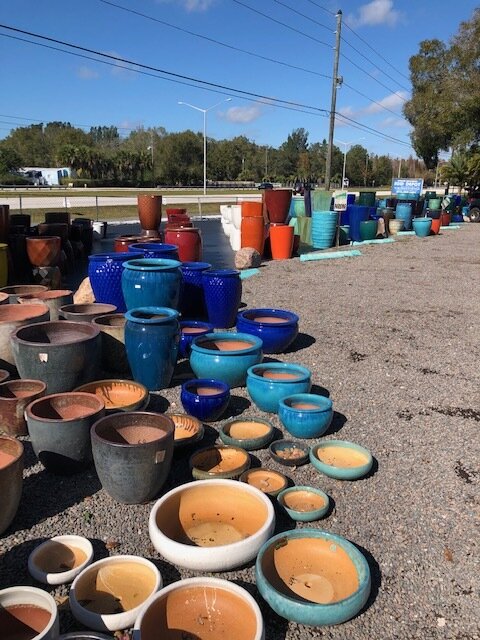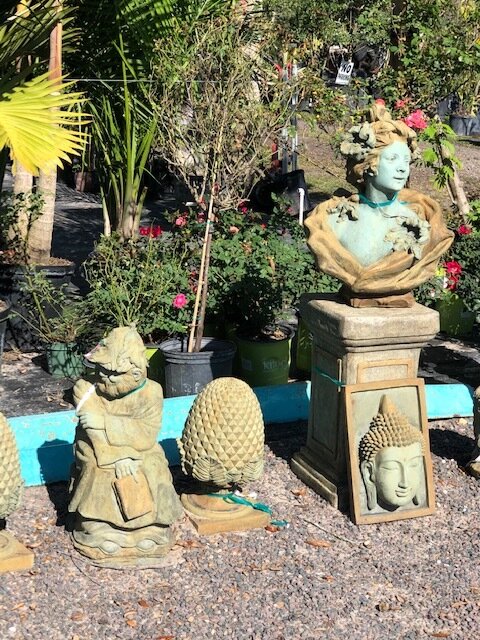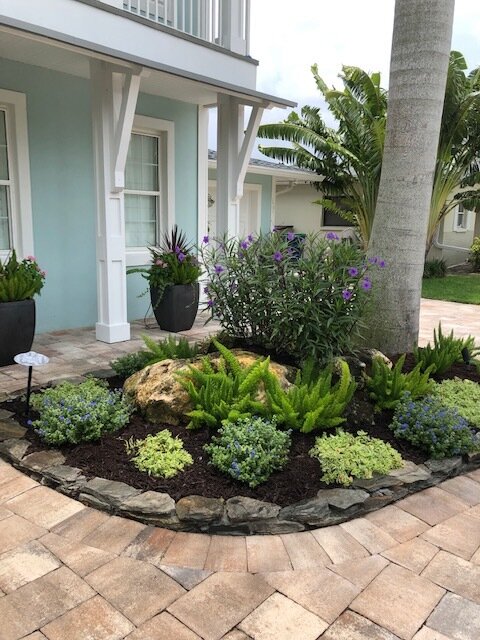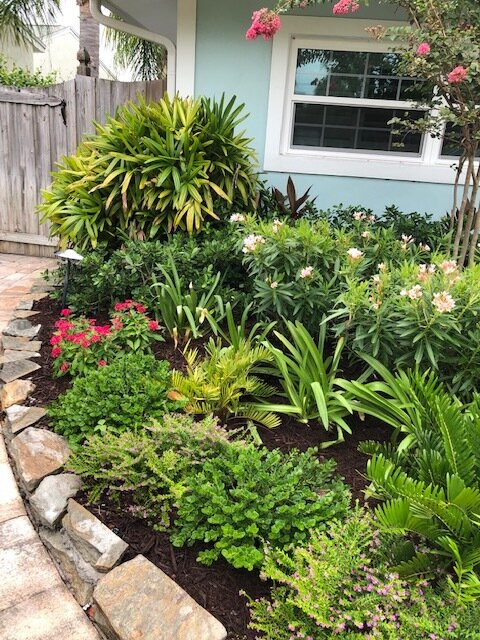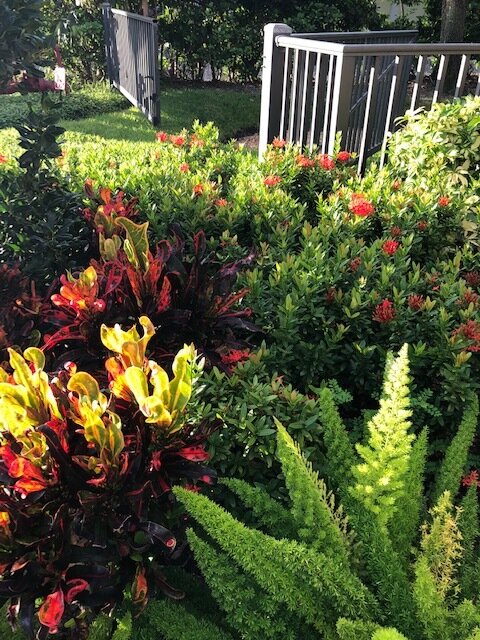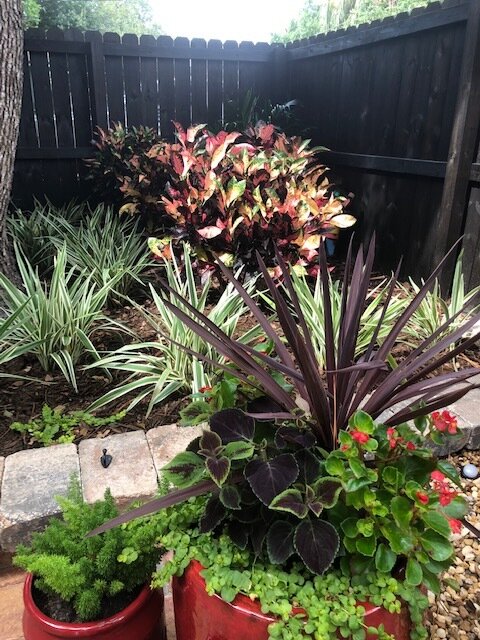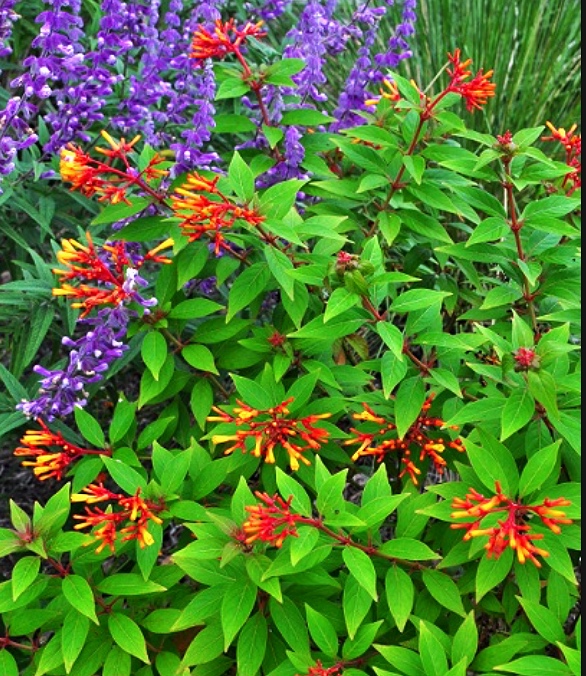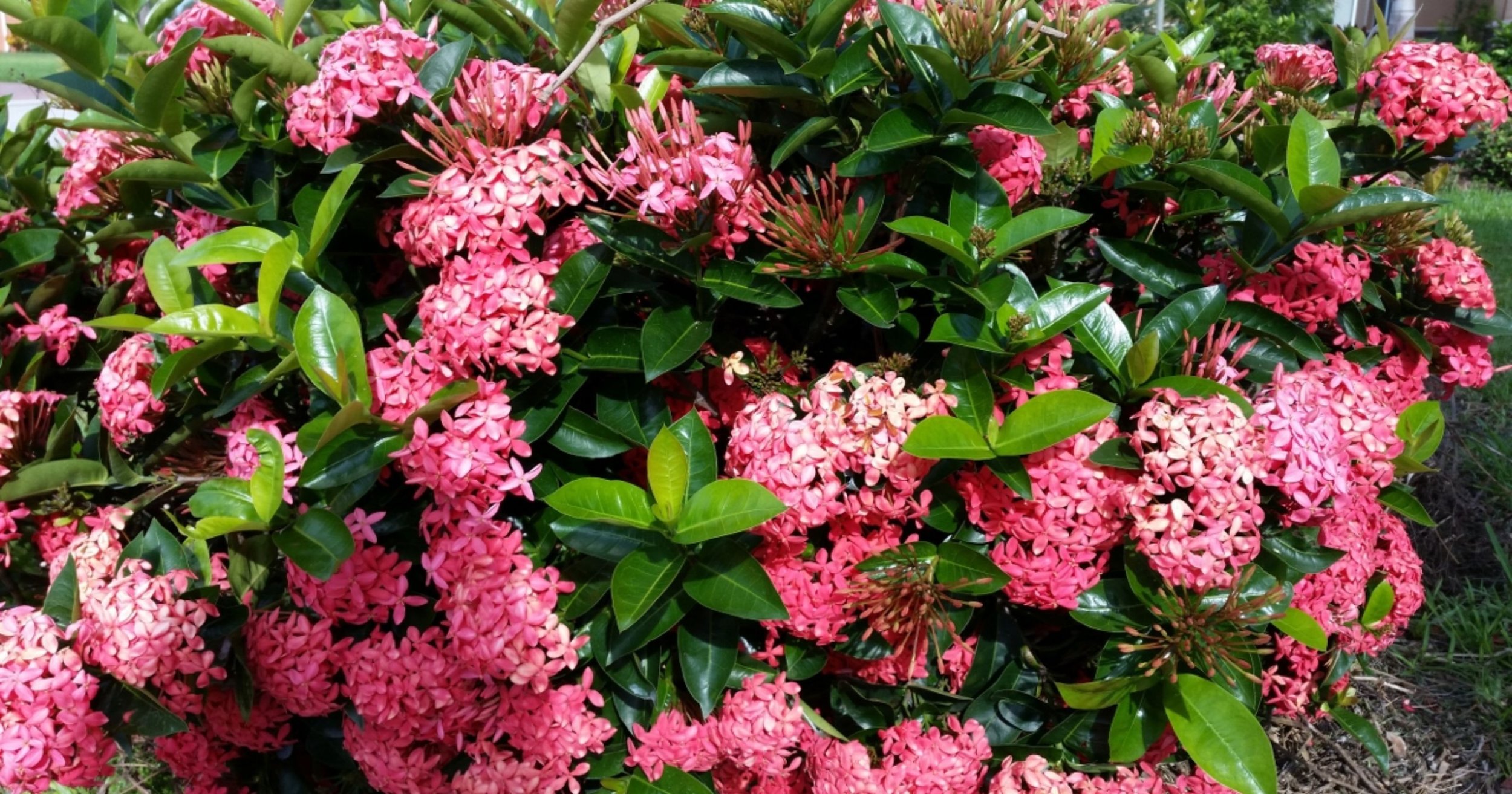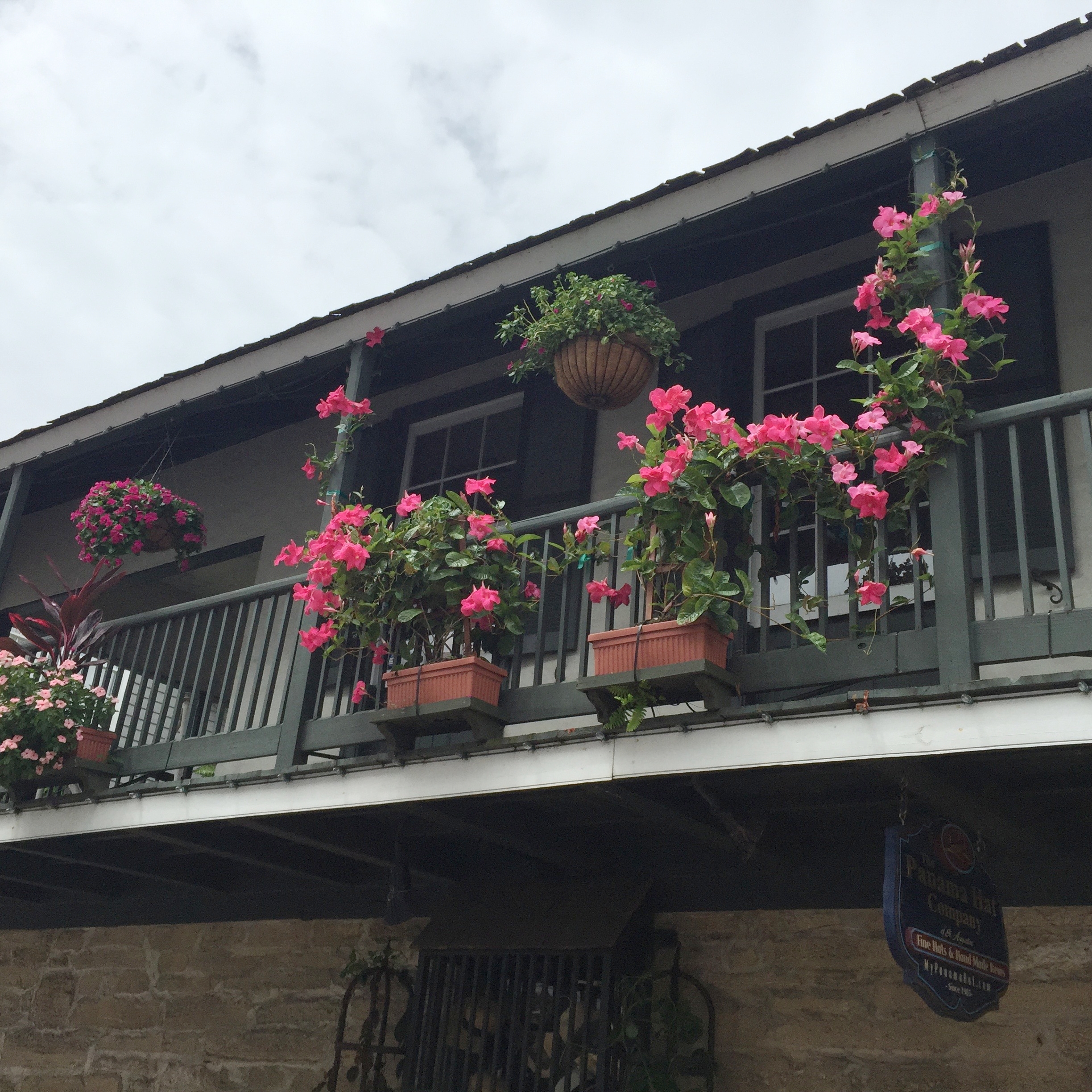Furcraea foetida ‘Mediopicta’
Although we have the sun and the heat in Florida that succulents love, we also have some extreme rainfall which they don’t enjoy. Therefore it is very important to plant succulents in very well-draining soil. You can make the soil drain better by adding sand, or small gravel to the soil - this will keep water from collecting around the roots. One of the succulents that can withstand Florida’s climate is:
Furcraea foetida ‘Mediopicta’
Furcraeas are very much like Agave. They are actually in the same family. They form large, fountain-shaped rosettes and have cream to yellow stripes on leaves with green margins. These long leaves are more flexible than those of Agaves.
Furcraea ultimately grows to 4-5’ tall and 6-8’ wide. It is easily grown in rich, well-draining soil and filtered light. These plants need protection from scorching sun so shade is preferable in the afternoon. These plants are heat, humidity and drought tolerant. They do beautifully in the ground as well as containers.
Bulbine frutescens
This South African native is a perfect succulent for Florida since it tolerates hot temperatures and dry and sandy soils. Bulbine makes a great groundcover since each plant will spread and form a clump over 4’ wide.
The succulent grass-like foliage grows to about 1 foot tall and the flowers stalks of yellow or orange extend to 2’.
Bulbine will grow best if in a sunny location with well-draining soil. Once the plant is established it is very drought tolerant. Deadheading will encourage the plants to produce more flowers.



